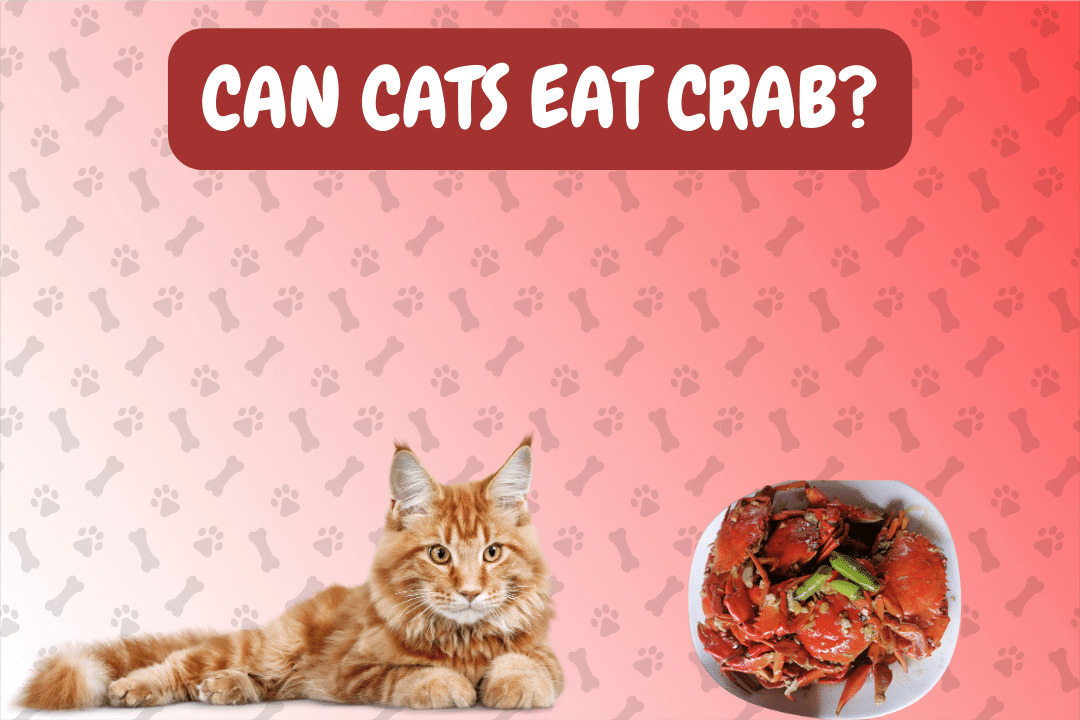No, cats can’t eat crab because it can pose several risks to their health.
Table of Contents
Introduction
Cats are known for their finicky eating habits, and as responsible pet owners, it’s essential to ensure that we provide them with a diet that’s safe and suitable for their unique physiology. While cats are obligate carnivores, meaning their diet primarily consists of meat, many pet owners wonder about the occasional treat of seafood. One such question that often arises is, can cats eat crab? In this article, we will explore whether it’s safe to feed crab to your feline friend and delve into the nutritional value, potential risks, safe serving practices, alternatives, special considerations, and expert opinions surrounding this topic.
Nutritional Value
Crab meat is indeed a good source of protein, which is an essential component of a cat’s diet. It also contains various vitamins and minerals, such as vitamin B12, zinc, and selenium. However, while these nutrients are beneficial, they can be obtained from other, safer sources for cats, such as high-quality cat food specifically formulated to meet their dietary needs.
Potential Risks
Feeding crab to your cat comes with several potential risks. Firstly, crab meat may contain harmful bacteria and parasites, even when properly cooked. These microorganisms can lead to food poisoning in cats, resulting in symptoms like vomiting, diarrhea, and lethargy.
Secondly, crab shells and the sharp points on their legs pose a choking hazard for cats. Ingesting these sharp fragments can lead to internal injuries or blockages in the digestive tract, requiring immediate veterinary attention.
How to Serve Safely
If you still wish to give your cat a taste of crab, it’s crucial to take precautions. Only offer small, well-cooked pieces of crab meat without any seasoning, butter, or sauces. Remove all shells and ensure there are no bones present. Monitor your cat closely while they eat, and if you notice any signs of discomfort or digestive issues, contact your veterinarian immediately.
Serving Suggestions
Instead of crab, consider safer alternatives for treating your cat. High-quality cat treats designed to meet their nutritional needs are an excellent option. There are also cat-safe seafood-flavored treats available on the market that provide the taste without the risks associated with fresh crab.
Special Considerations
Cats can have allergies or sensitivities to certain foods, including seafood. Before introducing any new food into your cat’s diet, consult with your veterinarian to rule out any potential allergies or dietary restrictions.
Expert Opinion
Veterinarians and experts generally advise against feeding crab to cats due to the risks involved. While the nutritional value of crab meat can be beneficial, it’s outweighed by the potential health hazards it presents.
Conclusion
In conclusion, cats should not be given crab as part of their diet. While it does offer some nutritional benefits, the risks associated with bacterial contamination, choking hazards from shells, and potential allergies make it an unsafe choice for your feline companion. To ensure your cat’s health and well-being, it’s best to stick to specially formulated cat food and treats. Always consult with your veterinarian if you have any concerns about your cat’s diet.
FAQ
Q1: Can cats eat crab legs?
A1: No, it’s not safe for cats to eat crab legs due to the risk of choking and digestive problems.
Q2: Is crab meat toxic to cats?
A2: Crab meat itself is not toxic, but it can be contaminated with harmful bacteria and parasites that can make cats sick.
Q3: Can I give my cat a small piece of crab as a rare treat?
A3: While it’s best to avoid it altogether, if you choose to give your cat a tiny piece of well-cooked crab, ensure there are no shells or bones, and monitor them closely.
Q4: What are the signs of crab-related food poisoning in cats?
A4: Symptoms may include vomiting, diarrhea, lethargy, and a loss of appetite. If you suspect food poisoning, contact your veterinarian.
Q5: Are there any cat-safe seafood alternatives to crab?
A5: Yes, some cat treats are seafood-flavored and designed to be safe for feline consumption. Always choose treats specifically made for cats.
Q6: Can kittens eat crab?
A6: No, kittens should not be given crab or any seafood until they are older and their digestive systems are more developed.
Q7: Can crab shells be harmful if my cat chews on them?
A7: Yes, crab shells can splinter and pose a choking hazard, as well as potentially cause injuries to the digestive tract.
Q8: What should I do if my cat accidentally eats crab shells?
A8: Contact your veterinarian immediately, as ingesting crab shells can lead to serious health issues.
Q9: Are there any cat food brands that offer crab-flavored options?
A9: Some cat food brands offer seafood-flavored options, but it’s essential to choose high-quality cat food that meets your cat’s nutritional needs.
Q10: Can cats develop allergies to crab?
A10: Yes, cats can develop allergies to various foods, including seafood like crab. If you suspect an allergy, consult with your veterinarian for proper diagnosis and guidance.
Find more about what food can you give to your cats on this blog.
Hello! I’m Max Walley, a pet enthusiast who knows a lot about what our animal buddies can munch on and what’s a no-no. With ‘canpeteat.it,’ I’m here to help pet owners make smart food choices. Come with me as we dive into the world of pet nutrition, discovering what keeps our furry pals joyful and in tip-top shape. Let’s explore this adventure together!


